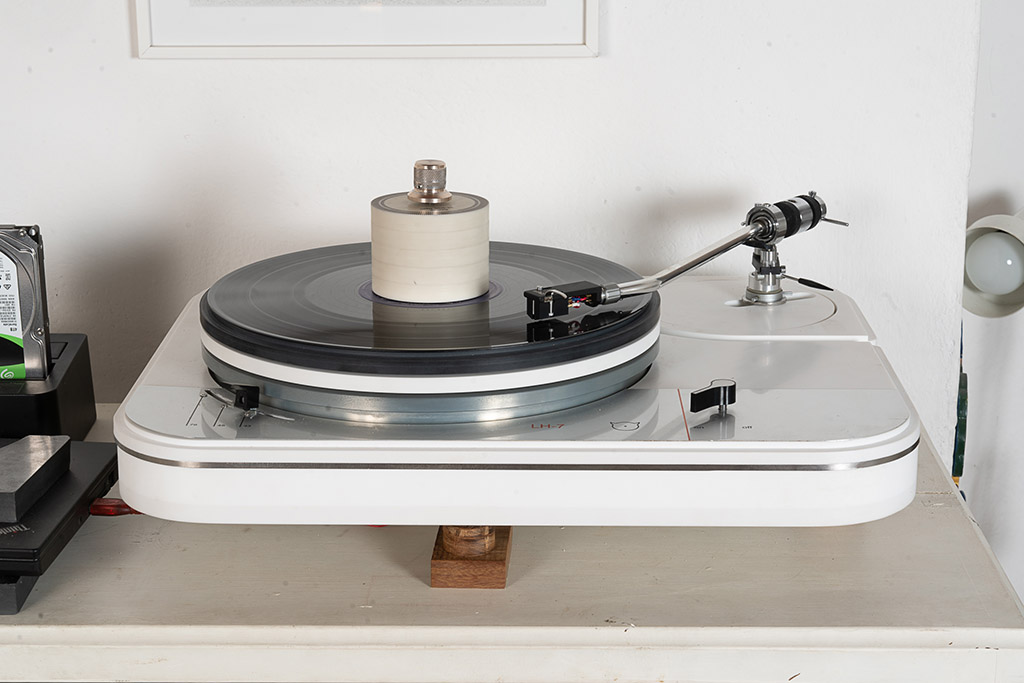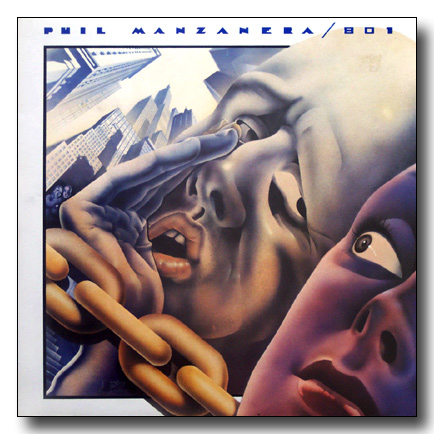From April 1962 to September 1965, while under contract to the record label Impulse!, John Coltrane led a more or less consistent working group with the same four musicians. After his death in 1967, this group—Coltrane on tenor and soprano saxophone, McCoy Tyner on piano, Jimmy Garrison on bass, Elvin Jones on drums—became known as Coltrane’s “classic quartet.” The group was powerful, elegant, and scarily deep. It was also a well-proportioned framing device. It made an artist with great ambitions easier to understand.
It is possible to hear conviction and morality in some of the classic quartet’s best-known music—like the devotional A Love Supreme, recorded in late 1964—as clearly as you can hear melody or rhythm. As a consequence, all of it can appear set on one venerable plane. As it moves inexorably from ballads, blues, and folk songs into abstraction, the classic-quartet corpus can seem an index not only for the range of acoustic jazz but for possibly how to live, gathered and contained, as if it were always there. But the corpus is only what we have been given to hear. And then one day a closet door flies open, a stack of tapes fall out, and a dilemma begins.
A fair amount of Coltrane’s music has been released after the fact, but nothing that would seem, from a distance, quite so canonical as Both Directions At Once, which is 90 minutes worth of (mostly) previously unheard recordings made at Rudy Van Gelder’s studio on March 6, 1963—the middle of the classic-quartet period. The Van Gelder studio, in Englewood Cliffs, New Jersey, can be considered part of the framing device. It was where the group did nearly all its studio work. For reasons of acoustics, it had a 39-foot-high, cathedral-like, vaulted wooden ceiling, fabricated by the same Oregon lumber company that made blimp hangars during World War II. Coltrane’s music during that period, possibly encouraged by the cathedral-like room, became blimpier and churchier.
Coltrane’s contract with Impulse! called for two records a year. Whether that day’s work in March was to be conceived at the time as a whole album, or most of one, is uncertain. The extent to which you believe the record’s subtitle—The Lost Album—might be the extent to which you are excited by the news of Both Directions. I can’t quite do it, but there are other reasons to be excited.
It may be hard to hear as a coherent album for back then, though it is easy to hear it as one for now, in our current, expanded notion of what an album is. The music does not seem, in its context, to be a full step forward. It’s a little caught between shoring up and surging forth. (The after-the-fact title—alluding to a conversation Coltrane had with Wayne Shorter about the possibility of improvising as if starting a sentence in the middle, moving backward and forward simultaneously—helps turn a possible liability into a strength.) It can give you new respect for the rigor, compression, and balance of some of his other albums from the period. It is at times, as Coltrane’s son Ravi pointed out, surprisingly like a live session in a studio; parts of the music sound geared toward a captive audience. That may be the best thing about it.
Included on the album—which comes either as a single-disc version or a double-disc with alternate takes, both including extensive liner notes by historian Ashley Kahn—is a sunny, bright-tempo melody (the theme from “Vilia,” written by the Hungarian composer Franz Lehár for the operetta The Merry Widow); a downtempo, minor-key, semi-standard (“Nature Boy,” from the book of eden ahbez, the California proto-hippie songwriter); one of Coltrane’s best original lines, in four different takes (“Impressions,” which he’d been working out in concert for several years); a couple of pieces for soprano saxophone which are representative but not stunning (“Untitled Original 11383,” minor-key and modal, and “Untitled Original 11386,” with a pentatonic melody); “One Up, One Down,” a short, wily theme as a pretext for eight minutes of hard-and-fast jamming; and “Slow Blues,” about which more in a minute.
Coltrane was already building albums from disparate sessions, a practice that would soon yield 1963’s Impressions and Live at Birdland, two records that set live and studio tracks side by side. He may have been stockpiling without a clear purpose; he also had to consider what would sell. Since his recording of “My Favorite Things” in 1961—a hit by jazz terms—Coltrane had become recognizable. His subsequent working relationship with Bob Thiele, the head of Impulse!, was based on the notion that he could expand that audience, not shrink it. Six months before the Both Directions session, he’d made a record with Duke Ellington; the day after it, he’d make another with the singer Johnny Hartman. He was entering the popular artist’s paradox of striving to repeat a past success and trying not to run aground on retreads.
The sense of strength and inevitability we associate with Coltrane’s music didn’t just tumble out. It was likely a byproduct of diligence, restlessness, exhausted possibilities, obsession and counter-obsession. He thought about progress. He passed through serial phases of exploring harmonic sequences, modes, and multiple rhythms; when he acknowledged one phase in an interview, he was generally looking for the next. At the height of the classic quartet, he often didn’t have the time or psychic space for study and practice. “I’m always walking around trying to keep my ear open for another ‘Favorite Things’ or something,” he told the writer Ralph Gleason in May, 1961. “I can’t get in the woodshed like I used to. I’m commercial, man.” More: “I didn’t have to worry about it, you know, making a good record, because that wasn’t important. Maybe I should just go back in the woodshed and just forget it.” At the time, a record like Both Directions might have seemed an open admission that he could have used less worry and more woodshed.
What he meant by “another ‘Favorite Things’” might have been a similar act of counterintuition: a sweet, sentimental tune made paranormal, a curiosity that could break out beyond the normal jazz audience and anchor a hit record. If “Vilia” was intended for that role, it isn’t strong enough. “Impressions,” on Both Directions, in its first known studio recording—especially take 3—sounds sublimely focused. But I’m not sure Coltrane plays it here any better than he did sixteen months earlier at the Village Vanguard, the live version he’d choose later in 1963 when finally issuing the tune, on the record of that name. (It’s complicated, I know.)
“Slow Blues” is the one. There is no narrative here, as there sometimes was with Coltrane’s originals; it is not expressly about love or hardship or religious joy. But Coltrane turns himself inside-out. First, he phrases in bare, hesitant strokes, using negative space; then he begins to whip phrases around, repeating them up and down the horn in rapid, shinnying patterns, reaching for inexpressible sounds, getting ugly. (McCoy Tyner’s solo, directly following Coltrane’s, is tidy and elegant, thorough in its own radically contrasting way.) There is the idea of the “new,” and then there is something like this track, which transcends the burden of newness.
I imagine three possible problems someone might have had with putting “Slow Blues” on a record in 1963. One is that, at 11 and a half minutes, it would have taken up a third of the record. Two is that a long blues probably wouldn’t be properly commercial unless there was some sort of story attached to it. And three is that, as was the case with “Impressions,” “Slow Blues” doesn’t explicitly show progress. Hear Coltrane on the long, slow “Vierd Blues” from the Sutherland Hotel in Chicago in 1961. It’s not great sound quality, but it is great in every other way. “Slow Blues” grows from the same root. It’s no “better,” really, but it’s better to have more of it, and better recorded. It is possible to take in Both Directions At Once, some of it middling by Coltrane’s standards and some of it extraordinary by anyone’s, without much thought about sellability or progress. In an ideal case, both qualities are overrated anyway. This is an ideal case.
To me and to my ears, this Coltrane's recording - plainly said - don't add anything to his impressive legacy... the low sound quality, grainy and veiled, just makes an offense to Van Gelder's recording art... the "master" has been a 4-tracks tape for home evaluation in Coltrane's possession, a tape which possibly got deteriorated by poor storage and the like... the music is a mild... WOW... the sound... definitely is NOT.
For die-hard collectors, only.




%20is%20a%20French%20daily%20evening%20newspaper.%20The%20cover%20shows%20Iraqi%20dictator%20Saddam%20Hussein%20at%20the%20time%20of%20the%20First%20Gulf%20War.jpg)







.jpg)


















.jpg)







































No comments:
Post a Comment